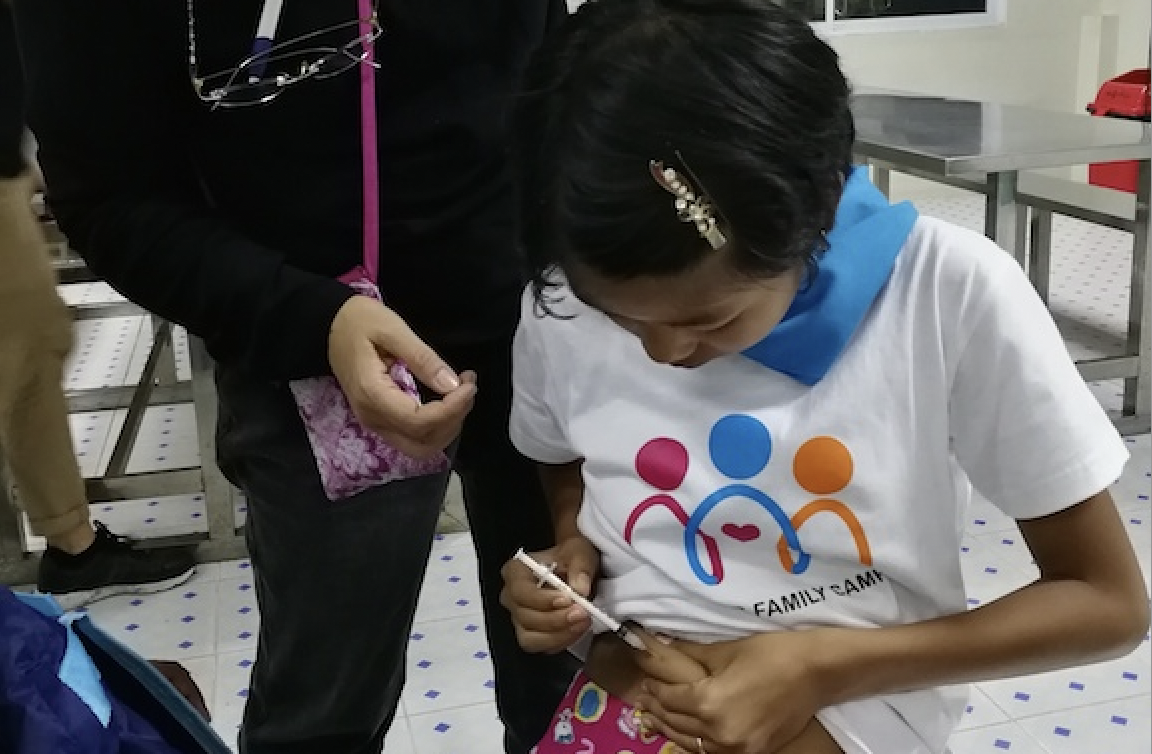
T1D Info
Healthcare Professionals
About Us
Guideline for insulin use and storage
Edited: 22.07.2025

Here is the guideline for insulin storage:
Unopened Insulin (new) – Keep insulin not in-use in the fridge or in a clay pot buried in wet sand.
Insulin in use (already open) – The insulin that you are currently using can be kept at room temperature (in a dark and cool place under 30ºC) for up to 30 days.
Do not expose insulin to direct sunlight or high temperatures, so do not leave it outside or in the car on a hot day or near the cooker. Do not freeze insulin! Never put your insulin in your freezer compartment. Do not use insulin if it has expired.
Examine the vial or cartridge closely to make sure the insulin looks normal before you draw the insulin into the syringe or dial the dose.
Tips:
Keep spare vials or cartridges of insulin in their boxes in the fridge.
The first time you use an insulin vial, write the date on the bottle label.
Avoid shaking insulin bottles and insulin cartridges too much.
Insulin must be injected into the fatty layer just under your skin.
There are 4 safe areas for insulin injections:
1. Thighs: Top and outer areas only. Do not use the inner side or back of your thighs.
2. Upper arms: Fleshy area on the side and back of your arms. Avoid muscle and shoulder.
3. Abdomen: Right across your abdomen, from just below your ribcage to below the belt line
4. Buttocks: The top outer area
Remember to do your injections in a different place each time, going in a circle around your body. Injecting in the same place over and over can cause your skin to swell.
Insulin vial
1. Wash and dry your hands.
2. Have a syringe.
3. Roll the insulin vial between your hands.
4. Draw air into the syringe.
5. Push air into the vial and then draw insulin into the syringe.
6. Make sure there is no air in the syringe.
7. Inject insulin in the correct part of your body.
8. Throw away the syringe in the proper container.
9. Put the insulin back into a cold place.
Never share syringe or needle with anyone.
Insulin pen
1. Wash and dry your hands.
2. Remove the pen cap.
3. Remove the protective pull-tab from the needle and screw the needle onto the pen.
4. Dial two units.
5. Hold the pen up with the needle pointing upwards, then press the injection button all the way until you see a drop of insulin at the needle tip. The dosage knob should be back at zero after completing this step.
6. Turn the dosage knob to dial the number of units of insulin you need.
7. With one hand, hold the pen so that your thumb is free to reach the injection button.
8. With the other hand, gently pinch up the skin around the injection site. Insert the needle at a 45 to 90 degree angle. Ask your doctor or nurse which angle is best for you. While keeping the needle under the skin, press the injection button all the way to zero. Keep pressing for 10 seconds.
9. Pull out the needle. Use an alcohol swab to press gently if you bleed when the needle is removed. Do not rub the injection site.
10. Replace the needle cap before unscrewing the needle from the pen. Never leave the needle on the pen when not in use.
11. Throw the used needle in a proper container.
12. Replace the pen cap and store the insulin pen into a cold place.
Never share syringe or needle with anyone.
For persons with type 1 diabetes, learning how to inject yourself insulin is an invaluable skill. You won’t always have someone else to do it for you, and being able to do it by yourself gives you independence and confidence that you can manage your condition well.
Another important skill to learn aside from injecting insulin, is how to store insulin properly. If insulin gets too cold or too hot, it starts to break down and can no longer be effective, which is why proper storage is crucial.